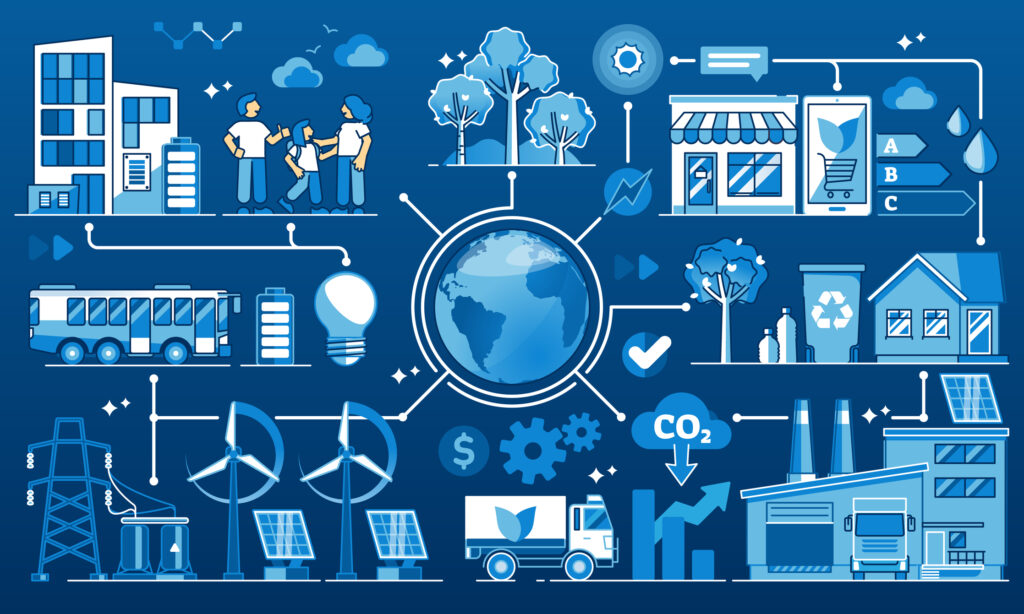The journey from a promising molecule to a marketable drug depends on one crucial factor: control. In modern pharmaceutical chemistry, where reactions must meet exacting standards of safety, purity, and reproducibility, the ability to regulate pressure and temperature is more than just a convenience—it’s a prerequisite for success.
Pressure reactors, often called autoclaves or high-pressure vessels, have quietly become the backbone of advanced synthesis and process development. These systems enable researchers to perform reactions that would otherwise be too slow, inefficient, or even impossible under atmospheric conditions.
Pressure Control and Its Chemical Significance
Many pharmaceutical reactions—hydrogenations, carbonylations, and aminations among them—are strongly influenced by gas solubility and reaction kinetics. Running such transformations under elevated pressure can accelerate rates, improve selectivity, and enhance catalyst performance.
For example, in catalytic hydrogenation, maintaining 20–80 bar of hydrogen pressure ensures uniform gas-liquid contact, yielding higher conversions in shorter times. The result is not just faster chemistry, but also cleaner products with fewer side reactions.
More importantly, high-pressure operation often reveals entirely new reaction pathways. Certain intermediates or catalytic cycles are only accessible when the system’s thermodynamic limits are pushed, making pressure reactors essential tools for exploratory research.
Design, Materials, and Practical Considerations
A pressure reactor is more than a sealed vessel—it’s a precision instrument. Every component, from the stirrer geometry to the choice of gasket, affects performance and reproducibility.
In pharmaceutical R&D, 316L stainless steel remains a popular choice for its corrosion resistance and compliance with GMP cleaning standards. For harsher environments, Hastelloy C-22 or titanium reactors provide superior chemical compatibility.
Key design elements include:
- Robust safety margins between operating and design pressures.
- Efficient stirring systems for uniform mixing in multiphase reactions.
- Reliable sealing and venting mechanisms to prevent contamination.
- Accurate sensors and digital controllers for real-time monitoring.
Together, these features allow laboratories to maintain both precision and safety—critical requirements in regulated industries.
Applications in Pharmaceutical Synthesis
Hydrogenation and Catalytic Transformations
Hydrogenation is perhaps the most common use of pressure reactors in drug synthesis. Controlled addition of hydrogen under pressure enables reduction of aromatic rings, nitro groups, and unsaturated bonds. The process is efficient, scalable, and—when paired with suitable catalysts—remarkably selective.
Automated high-pressure reactors with integrated gas dosing systems have made this chemistry safer and more reproducible across labs worldwide.
Polymer and Intermediate Synthesis
The pharmaceutical field also relies on specialty polymers and oligomers for drug delivery systems and medical coatings. These materials often require pressure conditions to achieve precise molecular weights or to avoid solvent degradation. Pressure reactors ensure stable temperature control throughout these complex polymerization steps.
Green and Solvent-Free Processes
With sustainability becoming a central theme in modern chemistry, pressure reactors now support greener methods such as supercritical CO₂ reactions. These systems replace volatile organic solvents, reduce waste, and open up new solvent-free synthetic pathways aligned with green chemistry principles.
From Lab to Pilot Scale: Optimizing for Consistency
Scaling a successful laboratory reaction to pilot or production scale is rarely straightforward. Heat and mass transfer, mixing efficiency, and gas distribution change dramatically with volume.
Modern pressure reactors integrate process analytical technology (PAT)—tools like in situ temperature sensors and pressure transducers—to capture reaction data in real time. This information helps chemists fine-tune parameters before moving to larger vessels, minimizing trial-and-error and ensuring product consistency.
Good scale-up practice also means preserving geometric similarity and maintaining comparable mixing regimes. A well-designed reactor system simplifies this process by allowing interchangeable vessels and modular control units, ensuring that the same chemistry can be replicated across scales.
Automation, Safety, and Data Integrity
Automation is transforming how laboratories operate. Pressure reactors equipped with programmable logic controllers (PLCs) or touchscreen interfaces can now manage entire reaction sequences—from pressurization to controlled depressurization—without constant operator supervision.
These systems reduce human error, ensure repeatability, and capture complete digital records of temperature, pressure, and stirring speed.
Safety features remain central to reactor design: pressure relief valves, rupture discs, and inert gas purging protocols all contribute to maintaining secure working conditions even during exothermic reactions. The combination of hardware safeguards and automated logic has significantly lowered risk profiles in high-pressure labs.
Future Directions
As digitalization continues to reshape laboratory research, smart reactor systems are beginning to emerge. By combining machine learning algorithms with real-time process data, these systems can predict reaction behavior and adjust conditions automatically.
In the next decade, pharmaceutical R&D may rely on networks of connected reactors, analytical instruments, and cloud-based control software—a true “digital twin” environment for chemistry.
Conclusion
Pressure reactors have quietly revolutionized how pharmaceutical chemists design and optimize reactions. By enabling tighter control, faster kinetics, and safer experimentation, they bridge the gap between innovative research and scalable production.
Their contribution extends beyond chemistry itself: these systems now play a vital role in building greener, more efficient, and more transparent pharmaceutical processes.
For laboratories seeking reliable performance under demanding conditions, many research groups today adopt advanced high-pressure reactor systems for pharmaceutical research—equipment that combines robust engineering with the precision and data integrity required in modern science.
Disclaimer
The information presented in The Role of Pressure Reactors in Pharmaceutical Synthesis and Process Optimization is provided by Open MedScience for educational and informational purposes only. While every effort has been made to ensure the accuracy and reliability of the content, it should not be considered as professional, technical, or regulatory advice.
Readers are advised to consult qualified specialists or appropriate regulatory bodies before applying any of the techniques, procedures, or operational practices discussed. Open MedScience and its contributors accept no responsibility or liability for any loss, damage, or injury arising from the use of, or reliance upon, the information provided herein.
Any mention of specific equipment, materials, or manufacturers is for illustrative purposes and does not imply endorsement or recommendation. Safety precautions and local legal requirements must always be observed when handling high-pressure systems or performing chemical reactions under elevated pressure.
You are here: home » diagnostic medical imaging blog »



